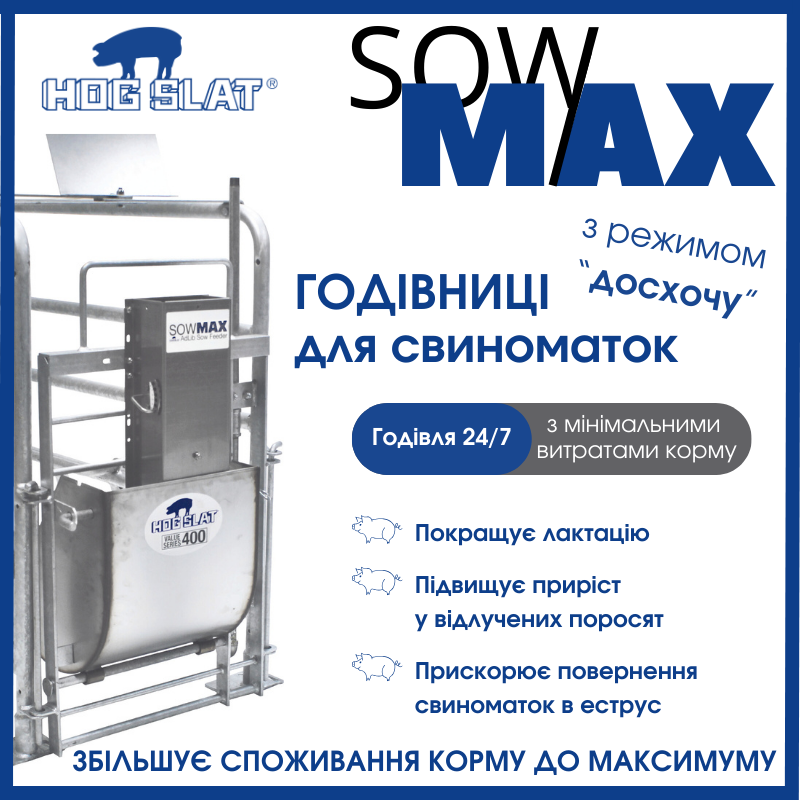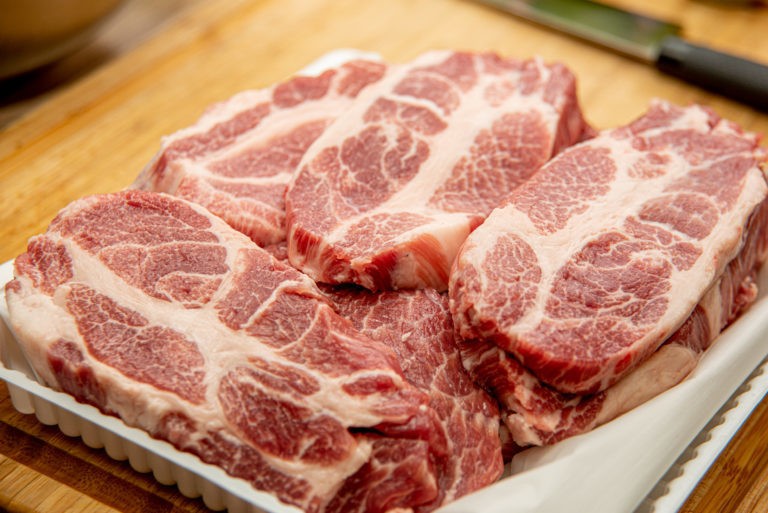The rearing FCR averaged 1.77 in the latest period, up from 1.71 in the 12 months to December. The finishing FCR averaged 2.72, up from 2.67 previously. This means more feed was needed to produce each kilo of live weight gained.
Nonetheless, Daily Live Weight Gain (DLWG) has increased, as pigs have been fed more, at a time when high feed prices have been cause for widespread concern. At the rearing stage, pigs gained an average 508g a day in the 12 months to March 2021, compared to 487g in the 12 months to December. At the finishing stage, the latest DLWG was 865g, versus 856g previously.
Pigs have been finished at heavier weights in the latest 12 months. However, as weight has been gained more quickly, pigs did not take any longer to finish.
So, pigs were growing faster and to heavier weights, and all in the same time as they did before. However, they consumed more food per kg of liveweight to achieve this. The cost of pig production was the highest in a decade in Q1 this year, at 174p/kg. On average, was finishing at higher weights worth the additional expenditure on feed required?
In the first quarter of this year, carcase weights in the APP sample averaged 90kg. The cost of production was estimated at 174p/kg, on average. If pigs had been finished at 85.8kg instead (the 2020 average), keeping all other physical performance statistics the same, the cost of production would have been closer to 177p/kg. If weight is added efficiently, this can lead to cost savings, as many costs (such as keeping the sow and labour) are distributed over more pig meat.
PigUA.info by materials ahdb.org.uk



